By the Numbers

Strong growth of single-family construction spending drove the increase, while spending on multifamily construction was flat, the National Association of Home Builders said.
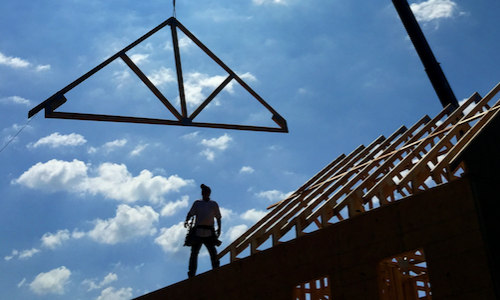
The median age of construction workers is 41, the same as a typical worker in the national labor force, according to the National Association of Home Builders’ analysis of the most recent 2019 American Community Survey data.
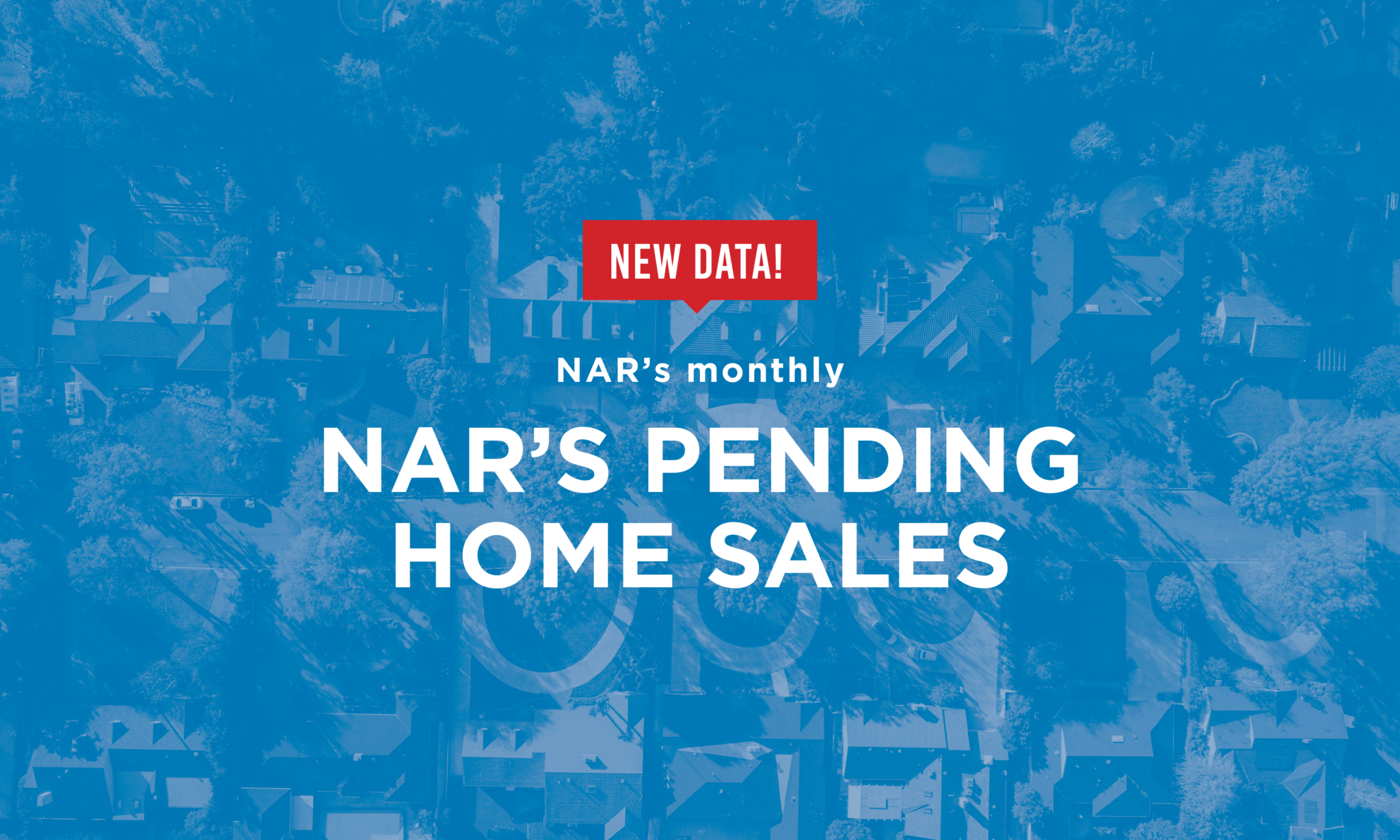
“May’s strong increase in transactions — following April’s decline, as well as a sudden erosion in home affordability — was indeed a surprise. The housing market is attracting buyers due to the decline in mortgage rates, which fell below 3%, and from an uptick in listings.” — NAR chief economist Lawrence Yun
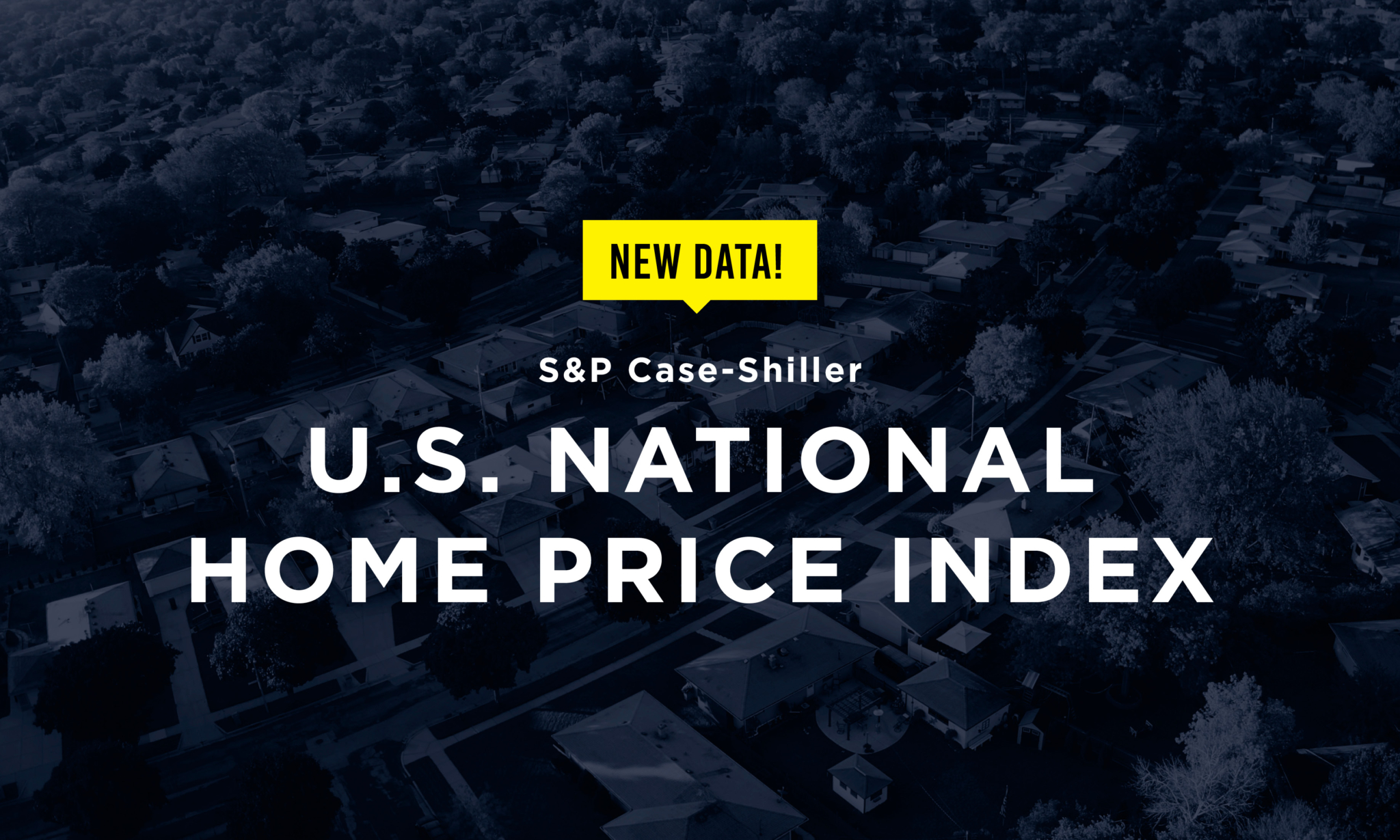
In Atlanta, the index rose 1.7% month over month and 12.3% year over year. The monthly increase was slightly down from the 1.8% rise recorded in March.
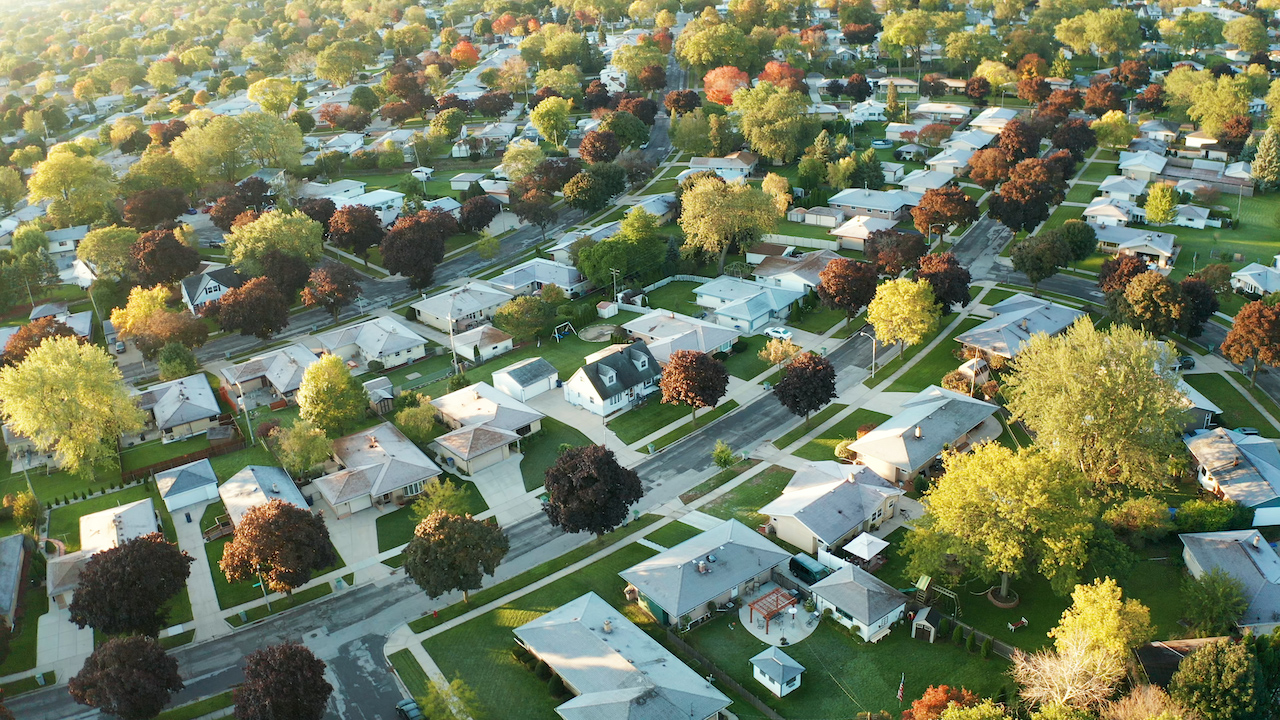
The seasonally adjusted estimate of new houses for sale at the end of May was 330,000, representing a supply of 5.1 months at the current sales rate, the U.S. Census Bureau and the Department of Housing and Urban Development reported.

The median existing-home price for all housing types rose to $350,300 in May, marking another new record.

On a year-over-year basis, new-home mortgage applications were down 5.9% in May, the Mortgage Bankers Association reported, citing its Builder Application Survey.
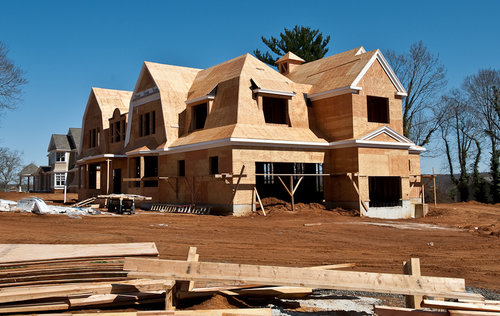
Single-family housing starts were up 4.2% from April and 49.8% from May 2020, at 1,098,000, according to the U.S. Census Bureau and Department of Housing and Urban Development.
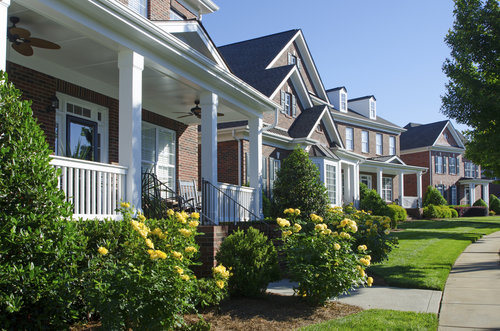
While pending sales are up 29% year over year, they are starting to slow and have fallen 9.7% from their peak.

Increasing costs and the declining availability of key building materials dampened builder sentiment, as higher costs have pushed some new homes beyond the budget of prospective buyers.

Expert panelists from Zillow’s Home Price Expectations Survey say if changes aren’t made, new construction growth will stall, home prices will continue to increase, and less of today’s 30-somethings will have the ability to own a home.

Despite the monthly increase, listings stayed near all-time lows, down 59.8% from 15,281 listings in May 2020.
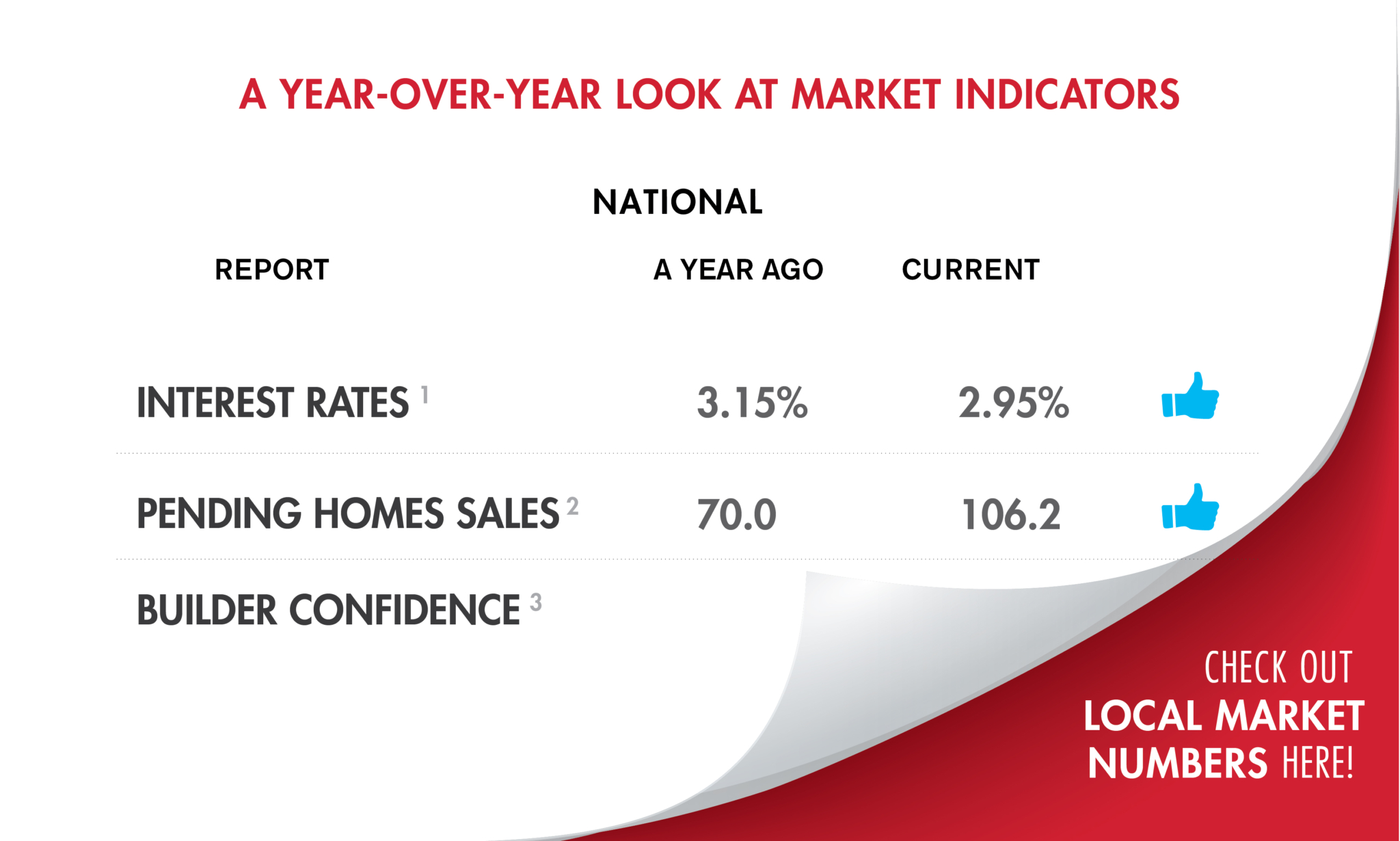
Housing inventory, meanwhile, remained significantly below year-ago levels in May.

Longer-commute areas continued to claim the largest market share in single-family homebuilding, but the construction growth rate was strongest in places with shorter commuting times, the National Association of Home Builders said, citing its quarterly Home Building Geography Index.
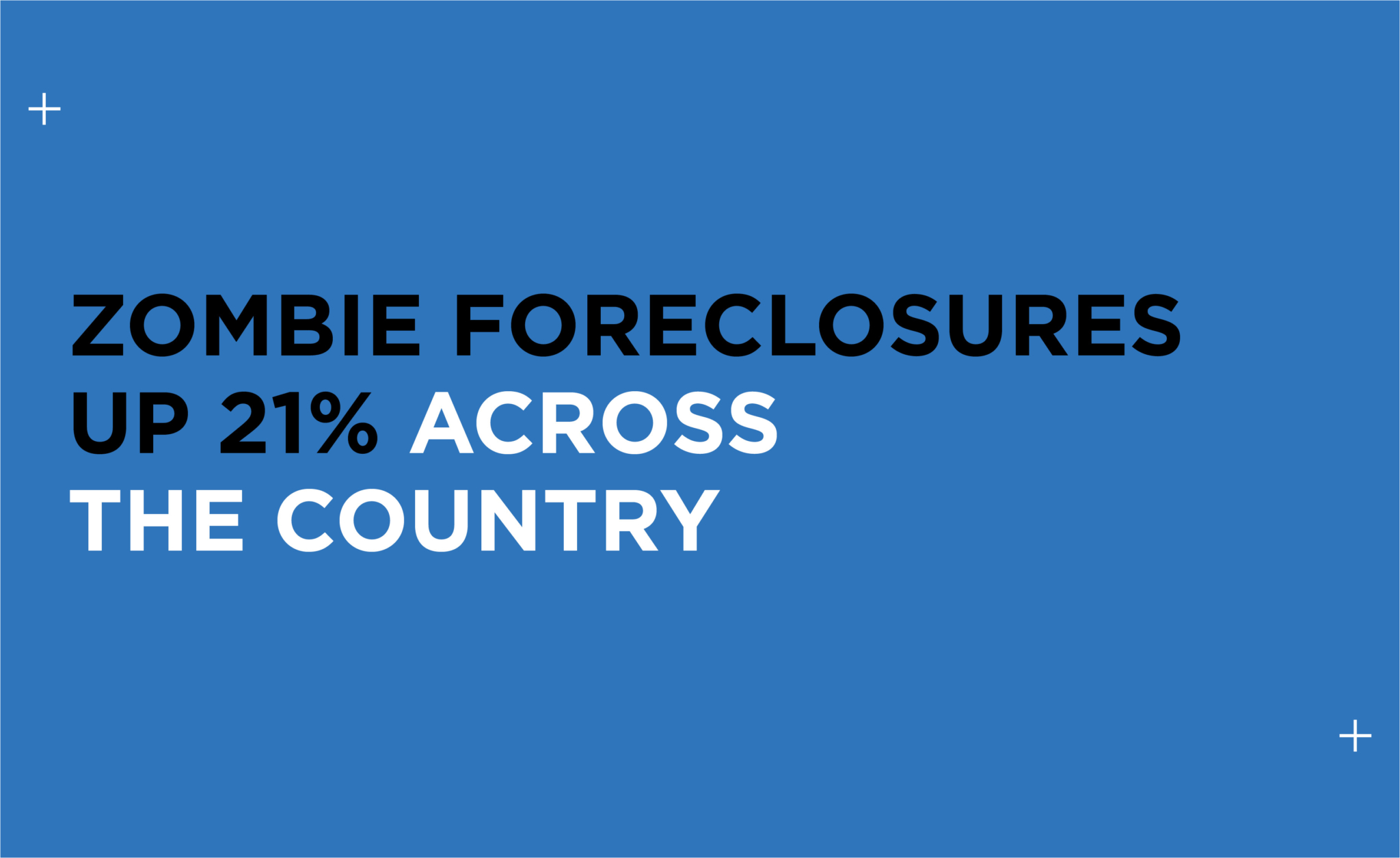
Of the 99 million residential properties in the U.S., approximately 1.4 million (or 1.4%) are vacant this quarter, with “zombie” home rates increasing both quarterly (21%) and annually (5.6%).

Special questions added to the National Association of Home Builders’ monthly builder survey found 90% or more of respondents had experienced shortages of plywood, oriented strand board, framing lumber and appliances, with most other materials also hard to come by.
